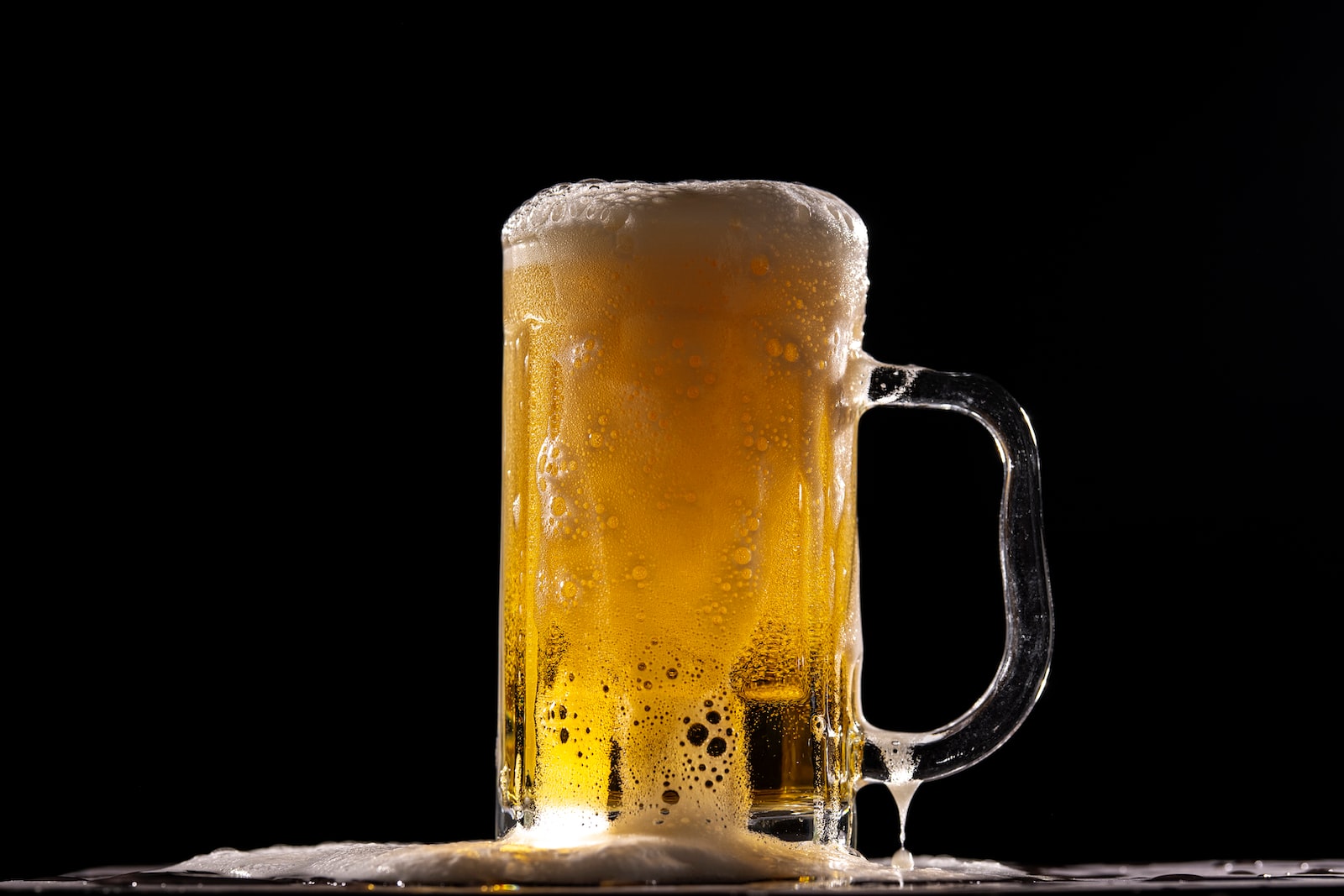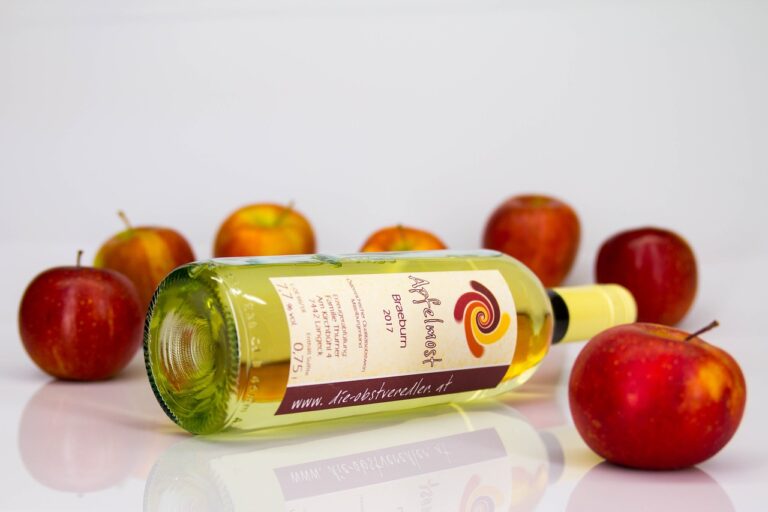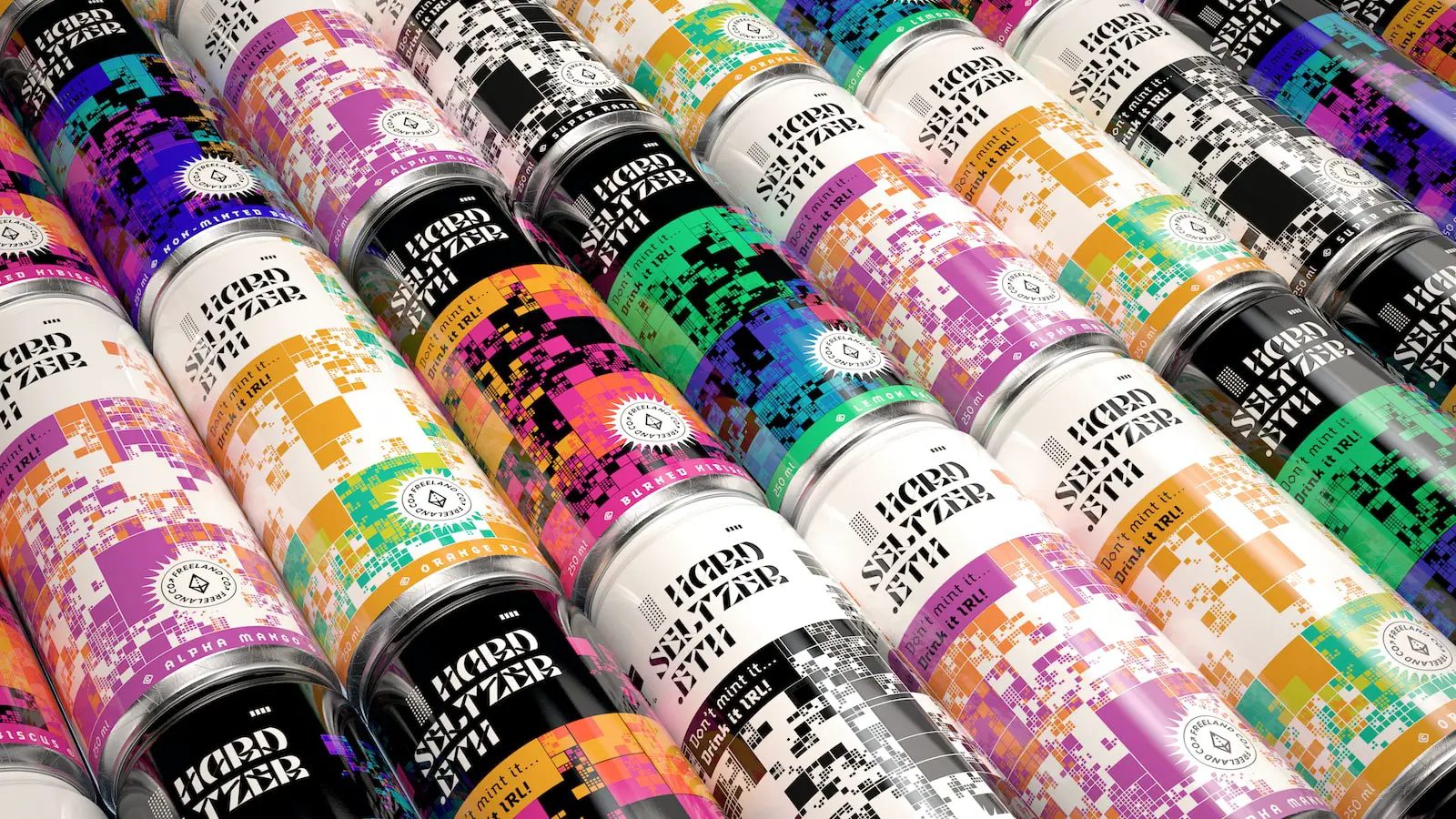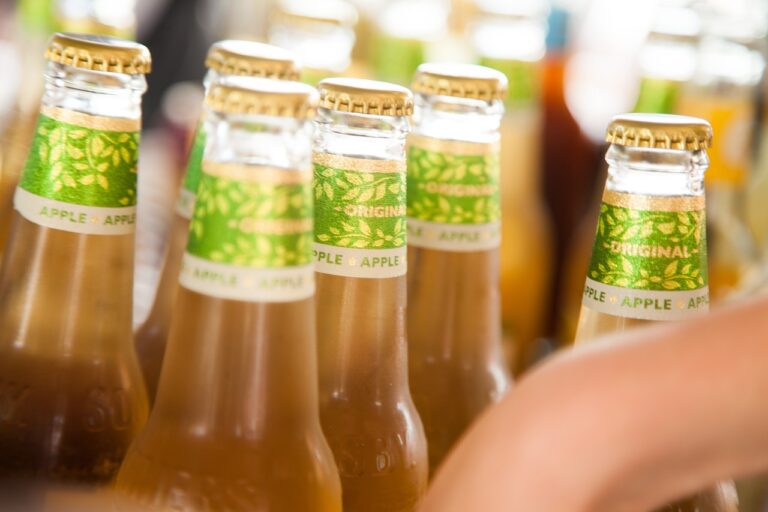To give your bottle its alcohol content and carbonation, yeast must transform the glucose inside the mash to ethyl alcohol and carbon dioxide gas during the fermentation process.
The cooled brew is diverted to a fermenting vessel where yeast starts the brewing process.
The fermentation process is complicated. Sometimes the yeast lays down on the bottom too soon. Practically the process remains incomplete. What should you do? The temptation is to stir it.
But stirring has the terrible possibility of ruining your beer in numerous ways.
Do You Need to Stir While Fermenting?
It’s common for newbie homebrewers to lose patience during the brewing process once things start to slow down. In actuality, they might ponder whether they ought to take action to hasten it.
In most cases, you shouldn’t stir your beverage while it’s fermenting, but there are exceptions. You may be introducing dangerous bacteria by stirring, so be careful!
Stirring Homebrew with Yeast
To give the yeast the best opportunity to ferment correctly, you should combine everything. But you shouldn’t blend the yeast with your wort.
While stirring, yeast cells may congregate and adhere to the fermenter’s side away from your wort. If the brewing process has already begun, don’t stir your homemade beverage.
What Happens When You Stir Yeast?
You’re simply dealing with an instance of a fermentation that never started if there isn’t any activity apparent from the moment the fermentation begins.
It might stir up the fermentation. That increases the risk of contamination in your beer and may cause some mild yeast distress.
The best course of action is to fully aerate your wort before pitching your yeast. After pitching your yeast, don’t stir the wort.
Before adding the yeast, thoroughly stir the wort to ensure that it is well-oxygenated for the yeast to use as it begins the fermentation process.
How Frequently Should Mash be Stirred?
To avoid cold spots and promote a more even transition, stir the mash once every 15-20 minutes. Each time you infuse, take a temperature reading.
If there is less than a five-degree temperature drop within an hour, no action is required.
During the Fermentation of Sugar Wash, Should You Stir?
If there isn’t any froth on top of the wash and it is not fizzing, make sure the water heater is within the safe range.
Using a sterile paddle to give it a good stir at this point will hasten the fermentation process. Avoid creating froth by stirring vigorously at the outset.
Stirring Fermenting Wort at Risk
It doesn’t seem like a good idea to open the fermenter or stir. Aerating the drink will make it cloudy, so you will still need to wait until it settles.
Problems associated with stirring during fermentation are many. Some of them are pointed out below.
Oxidation
At first, the yeast needs a lot of oxygen to grow, so the more you can add to the wort, this seems better.
If oxygen is added to the wort too late, the yeast will not have sufficient sugar left to utilize all of the oxygen, which will cause your beer to become oxygenated.
The main drawback of stirring up a beer is oxidation. It results in odd flavours and a brief shelf life.
Formation of Acetaldehyde
Acetaldehyde is a violent byproduct of oxidation. This imparts a flavour of unripe apples, mushy fruit, or lacquer.
In addition to forming as a result of under-pitching and oxygen exposure, acetaldehyde also causes your alcohol to be converted back into a harmful and rancid contaminant compound.
Rusting Metal
If your beer becomes oxidized, it could experience the same effects on it as oxygen has on metal atop grey time which leads to rusting.
It can give the liquor a cardboard-like flavour, though it is not as bad as rusting metal. The dehydrogenation also shortens the beer’s shelf life and makes it go bad much more quickly.
When It’s Okay to Stir Wort in Fermentation
You can continue to stir after just a cold break and cooling down. This is solely relevant for open fermenters, specifically plastic containers with snap-on lids.
If you stir, make sure the lid is mostly covering the bioreactor, and keep in mind that all post-boil interaction must be sanitary. Stir gently for 2-3 minutes in a sterile, poorly ventilated area.
Measuring gravity is a simple and necessary way to determine whether your brewing process has stopped.
If it has stopped too soon but is dropping too slowly, you might have a trapped fermentation. Taking a temperature reading is another method of confirmation.
If you decide that this is the situation with your beer, there are a few ways to restart the brewing process without tainting the beverage.
The fermentation process can be restarted by stirring it to add some oxygen. Before use, make sure to disinfect all equipment to reduce the possibility of harmful bacteria introduction.
To get to the bottom, use a long spoon. Take every precaution to avoid agitating or splashing on the wort’s surface and quickly reseal the fermenter.
Moving Beer While It Is Still Fermenting
Locating a steady and friendly atmosphere for your fermenter is one of the more crucial aspects of homebrewing.
If moving the fermenter is required, you can do so, but it is risky because the lager may suffer irreparable damage from changes in temperature, light, and human touch.
If you must keep moving your fermenter vessel, take extra care to avoid overly stirring it and make sure the lid is always securely fastened.
To avoid any possible problems, make sure you move it to a location with controlled temperature and lighting.
Conclusion
If you are new to homebrew, seeing a krausen form might worry you a little. You may believe vigorous stirring will break up the yeast cake and promote fermentation.
It accomplishes nothing, though. Mixing your wort after pitching your yeast can make matters worse. You might stir up the yeast, need for fermentation on the side of your fermenter.
It increases the risk of contamination in your beer with mild yeast distress. Oxidation is the main downside of stirring fermenting beer. Strange tastes and short shelf life are the results of oxidation.
The best course of action is to fully aerate your wort before pitching your yeast. After pitching your yeast, don’t stir the wort.










